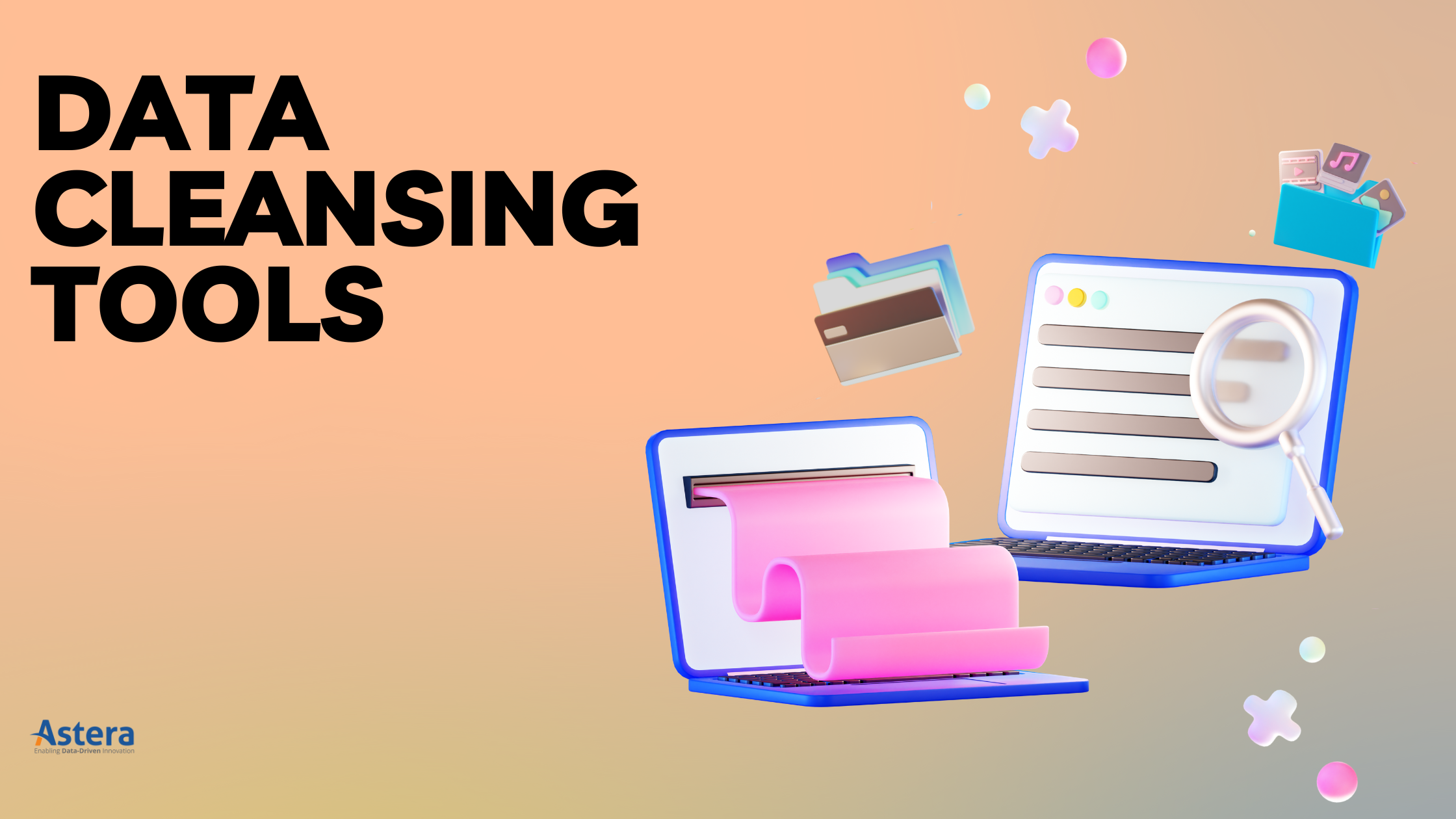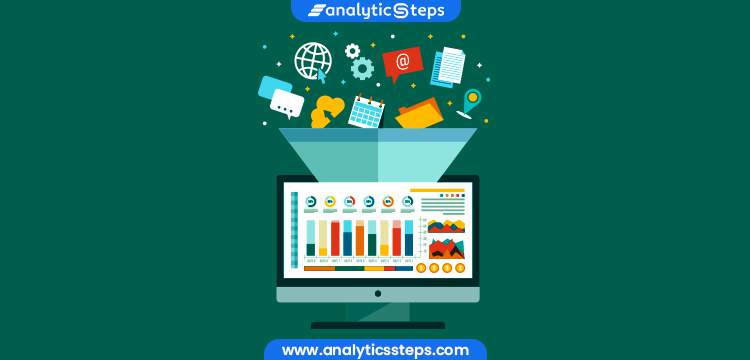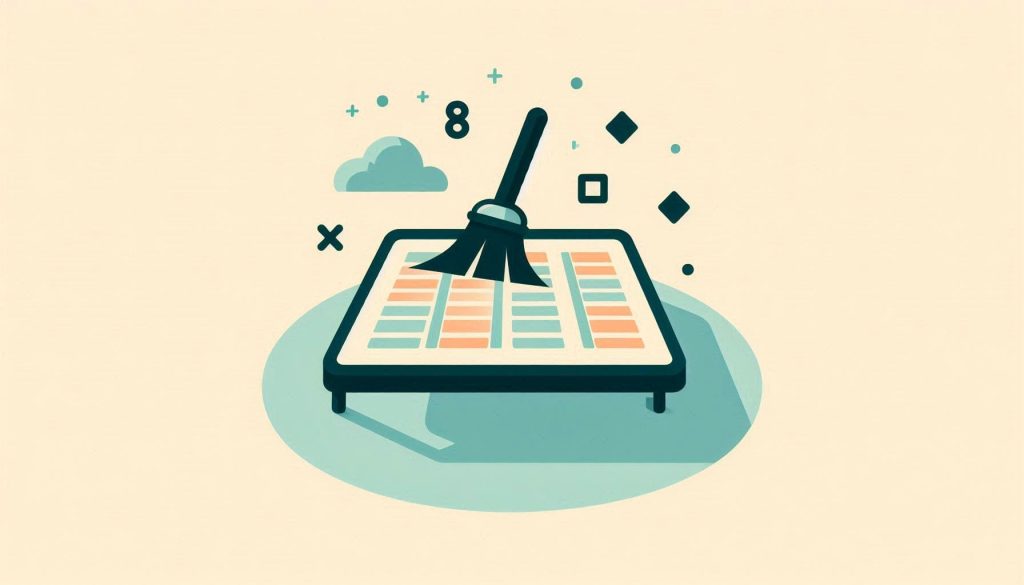Data cleaning tools help remove errors and inconsistencies from datasets. They ensure data quality and reliability for analysis.
Data cleaning is essential for accurate data analysis and decision-making. Poor-quality data can lead to incorrect conclusions and misguided strategies. Data cleaning tools automate the process of detecting and correcting errors, saving time and reducing human effort. Popular tools like OpenRefine, Trifacta, and Talend provide user-friendly interfaces and powerful features.
These tools handle tasks such as deduplication, normalization, and validation, ensuring datasets are consistent and accurate. Investing in the right data cleaning tools can significantly enhance the quality of your data, leading to more reliable insights and better business outcomes.
Introduction To Data Cleaning
Data cleaning is the process of fixing or removing incorrect data. It is a key step in data analysis. Clean data helps in making better decisions. Dirty data leads to errors and bad decisions.
Importance Of Data Cleaning
Data cleaning ensures the data is accurate and reliable. It helps in removing duplicate entries. Clean data improves the efficiency of data analysis. It helps in better decision making. Clean data helps in building better models and predictions.
Common Data Quality Issues
Data quality issues are common. Some of the most common issues include:
- Missing values
- Duplicate entries
- Inaccurate data
- Inconsistent data formats
- Outliers
Missing values occur when data is not entered. Duplicate entries happen when the same data is entered more than once. Inaccurate data can be wrong due to human error. Inconsistent data formats make it hard to analyze data. Outliers are unusual data points that can skew results.
Cleaning data helps in fixing these issues. It improves the quality of the data. It makes the data more reliable.
Top Data Cleaning Tools
Data cleaning is a crucial part of data analysis. Clean data ensures accurate results. Here, we will explore the top data cleaning tools available.
Overview Of Popular Tools
Several tools help clean data efficiently. Below are some of the most popular:
- OpenRefine: A powerful tool for working with messy data.
- Trifacta: User-friendly and helps in cleaning and preparing data.
- Talend: Offers a wide range of data integration features.
- DataCleaner: An open-source tool for profiling and cleansing data.
- Alteryx: Simplifies the process of data preparation and blending.
Criteria For Selecting A Tool
Choosing the right tool depends on various factors. Here are some criteria to consider:
| Criteria | Description |
|---|---|
| Ease of Use | The tool should be user-friendly and intuitive. |
| Functionality | It should offer a wide range of features for data cleaning. |
| Scalability | The tool should handle large datasets efficiently. |
| Integration | It should integrate well with other tools and systems. |
| Cost | Consider the pricing and value for money. |
Evaluate these criteria based on your needs. This will help you choose the best data cleaning tool.
Open-source Data Cleaning Tools
Data cleaning is essential for any data analysis process. Open-Source Data Cleaning Tools offer powerful features without the high cost. These tools can handle large datasets efficiently and are customizable to fit specific needs.
Advantages Of Open-source Tools
- Cost-Effective: Open-source tools are free to use, reducing expenses.
- Customizable: You can modify the source code to suit your needs.
- Community Support: A large community offers help and shares improvements.
- Transparency: Open-source tools provide full visibility into their workings.
Top Open-source Tools
| Tool | Description | Key Features |
|---|---|---|
| OpenRefine | A powerful tool for cleaning messy data. |
|
| Trifacta Wrangler | Helps in data wrangling and cleaning tasks. |
|
| Talend Data Preparation | Offers a comprehensive suite for data cleaning. |
|
Using open-source tools, you can improve data quality without incurring high costs. These tools provide flexibility and support, making them ideal for various data cleaning tasks.

Credit: www.tye.io
Commercial Data Cleaning Tools
Commercial data cleaning tools offer advanced features for data purification. They provide robust functionalities to handle large datasets with ease. Many businesses rely on these tools to ensure data accuracy and consistency.
Benefits Of Paid Tools
Paid tools come with a range of benefits for users. They often include automated processes that save time and effort. Below are some key benefits:
- High Accuracy: Paid tools use advanced algorithms for precise data cleaning.
- Time Efficiency: Automated features speed up the data cleaning process.
- Scalability: These tools can handle large datasets efficiently.
- Support and Updates: Regular updates and customer support are often included.
Leading Commercial Tools
There are several leading commercial data cleaning tools available. Each offers unique features tailored to specific needs.
| Tool Name | Key Features |
|---|---|
| Trifacta | Visual data profiling, machine learning, and integration capabilities. |
| Data Ladder | Data matching, deduplication, and profiling functionalities. |
| Talend | Open-source and commercial versions, extensive data integration features. |
| WinPure | Easy to use, data matching, and cleansing features. |
Choosing the right tool depends on your specific requirements. Each tool has its own strengths and can provide significant value to your data management process.
Features To Look For
Choosing the right data cleaning tool is crucial for your data management. It’s important to focus on key features that ensure efficiency and ease of use. Below are some critical features to consider.
User Interface
A good user interface should be simple and intuitive. Users should quickly understand how to navigate the tool. A clean layout helps in accessing features without confusion.
Look for customizable dashboards. They allow you to see only what you need. This reduces clutter and improves focus.
Drag-and-drop functionality is a plus. It makes data manipulation easier and faster.
Automation Capabilities
Automation is a key feature in data cleaning tools. It helps reduce manual effort and errors.
- Automatic detection of duplicates
- Automated data normalization
- Scheduled cleaning tasks
These features save time and improve accuracy. They ensure that your data remains consistent and reliable.
Look for tools that offer rule-based automation. It allows you to set specific rules for cleaning tasks.
| Feature | Importance |
|---|---|
| Simple User Interface | High |
| Customizable Dashboards | Medium |
| Drag-and-Drop | High |
| Automation | High |
| Rule-Based Automation | Medium |

Credit: www.astera.com
Integrating Data Cleaning Tools
Integrating data cleaning tools into your data management process is crucial. Clean data ensures accurate analysis and better decision-making. This section focuses on how to integrate these tools seamlessly.
Compatibility With Data Sources
Data cleaning tools must be compatible with your data sources. Compatibility ensures smooth operations and avoids data loss.
Check if the tool supports various file formats like:
- CSV
- Excel
- JSON
- SQL Databases
Most tools offer connectors for popular databases and cloud services. Verify these before making a choice.
Here is a table showing common data sources and their compatibility:
| Data Source | Compatible Tools |
|---|---|
| CSV Files | OpenRefine, Trifacta, Talend |
| SQL Databases | Trifacta, Talend, Alteryx |
| Excel Sheets | OpenRefine, Alteryx, Trifacta |
| JSON Files | Trifacta, Talend, Alteryx |
Integration With Existing Workflows
Integrating data cleaning tools into existing workflows saves time. The tool should fit into your current process effortlessly.
Consider the following steps:
- Identify your data cleaning needs.
- Select a tool that matches these needs.
- Ensure the tool integrates with your data pipeline.
Most tools offer APIs and plugins for easy integration. Check the documentation for setup instructions.
Using a tool that fits your workflow reduces disruptions. It also enhances productivity and data accuracy.
Best Practices For Data Cleaning
Data cleaning is essential for accurate analysis and decision-making. Using the best practices ensures your data remains reliable and consistent. This section covers the best practices for data cleaning.
Regular Data Audits
Conducting regular data audits helps identify errors and inconsistencies early. Set a schedule for these audits, such as weekly or monthly. During audits, check for missing values, duplicates, and incorrect data types. Use automated tools to streamline this process.
- Identify missing values
- Find and remove duplicates
- Verify data types
Regular audits improve data quality and reduce the risk of errors. Consistent audits save time and resources in the long run.
Maintaining Data Consistency
Consistency is key to reliable data. Standardize data formats, such as dates and addresses. Use a consistent naming convention for files and fields. This reduces confusion and makes data easier to analyze.
Here are some tips for maintaining data consistency:
| Action | Example |
|---|---|
| Standardize Dates | Use YYYY-MM-DD format |
| Normalize Addresses | Use official postal formats |
| Consistent Naming | Use CamelCase or underscores |
Consistency makes it easier to merge and compare datasets. Use data validation rules to enforce these standards.
By following these best practices, you ensure your data remains clean and reliable.
Future Trends In Data Cleaning
The world of data cleaning is rapidly evolving. As technology advances, new trends are emerging. These trends promise to make data cleaning more efficient and accurate. Let’s explore the future trends in data cleaning.
Ai And Machine Learning
Artificial Intelligence (AI) and Machine Learning (ML) are revolutionizing data cleaning. These technologies can handle large datasets quickly. They can identify patterns and anomalies that humans might miss. This results in cleaner, more reliable data.
AI and ML can automate repetitive tasks. This frees up time for more critical tasks. They can also learn from previous data cleaning tasks. This improves their accuracy over time.
- AI can spot errors in data entries.
- ML can predict and fill in missing data.
- They can both work together to enhance data quality.
Increased Automation
Automation is the future of data cleaning. It reduces manual work and errors. Automated tools can clean data faster and more accurately. They can also handle larger datasets.
Automation tools can integrate with various data sources. This ensures that all data is cleaned consistently. They can also update data cleaning rules as needed. This keeps the data cleaning process up-to-date.
- Automated tools reduce the need for manual intervention.
- They can handle complex data cleaning tasks.
- They improve overall data quality.
Embracing these trends can lead to better data management. It ensures that businesses have access to clean, reliable data.

Credit: www.analyticssteps.com
Frequently Asked Questions
What Are Data Cleaning Tools?
Data cleaning tools help remove errors and inconsistencies in datasets. They ensure data quality and accuracy. Common tools include OpenRefine, Trifacta, and Talend.
Why Is Data Cleaning Important?
Data cleaning is crucial for accurate analysis and decision-making. It removes errors, inconsistencies, and duplicates. Clean data improves reliability and insights.
Which Data Cleaning Tool Is Best?
The best tool depends on your needs. OpenRefine is great for beginners. Trifacta offers advanced features. Talend integrates well with other systems.
Can Data Cleaning Tools Handle Large Datasets?
Yes, many data cleaning tools handle large datasets efficiently. Tools like Trifacta and Talend are designed for scalability and performance.
Conclusion
Choosing the right data cleaning tool is essential for accurate data analysis. Effective tools save time and improve data quality. Explore various options to find the best fit for your needs. Proper data cleaning ensures reliable insights, leading to better decision-making.
Invest in a robust data cleaning tool for optimal results.


